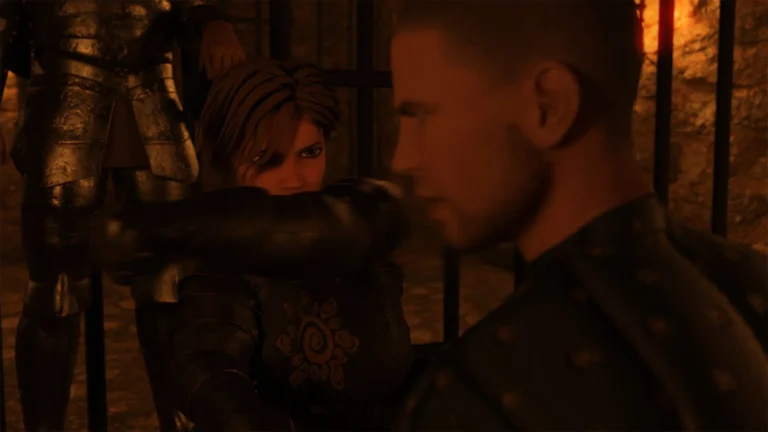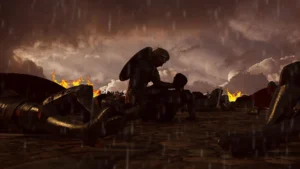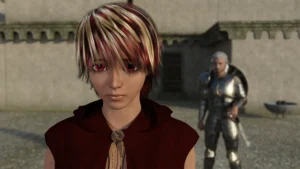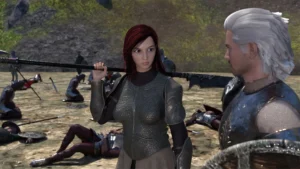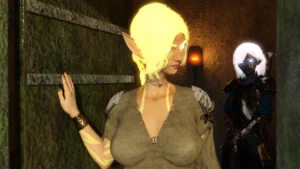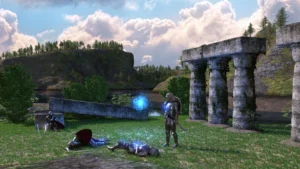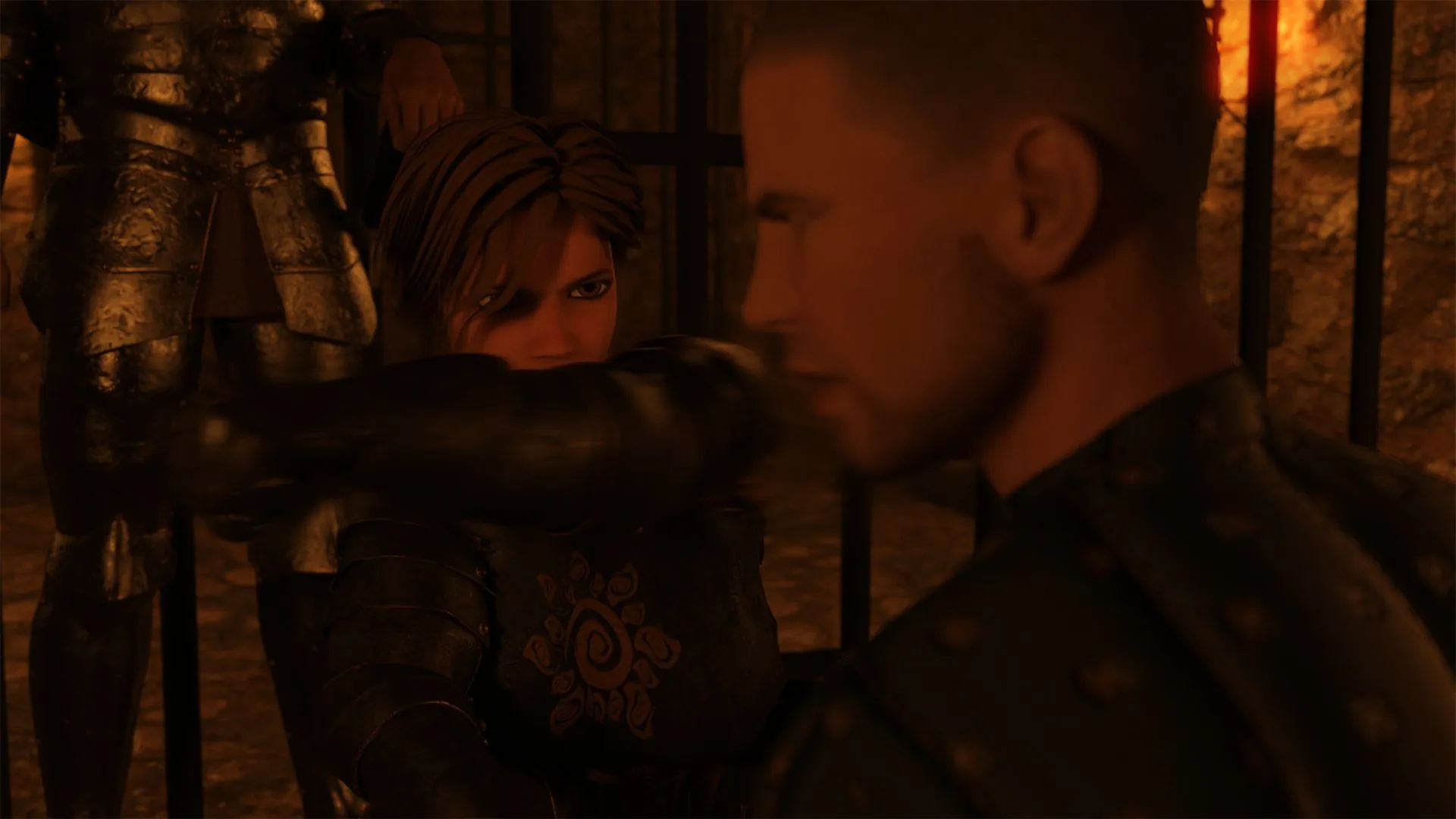
Play After the Inferno
After the Inferno review
A Deep Dive into the Visual Novel
In the realm of visual novels, ‘After the Inferno’ stands out for its blend of medieval settings, complex characters, and engaging storylines. This game, developed by Classy Lemon, offers a unique experience that combines elements of war, love, and personal growth. With its rich narrative and immersive gameplay, ‘After the Inferno’ has captured the attention of gamers seeking more than just a visual experience. Let’s delve into what makes this game so compelling.
Exploring the World of ‘After the Inferno’
The Plot Unfolds
Picture this: you’re not just playing a game; you’re stepping into the worn leather boots of a man who has lost everything. 🏰 That’s the immediate, gut-punch hook of After the Inferno. You assume the role of Devran, a man whose world is literally and figuratively burning around him. His home is destroyed, his life is in ashes, and he’s thrust into the heart of a brutal, sprawling war. This isn’t a story about a chosen one destined for glory from the start; it’s a raw, personal tale of survival and rebuilding.
What truly sets this visual novel apart is its masterful blend of the epic and the intimate. While kingdoms clash and armies march, the core of the narrative revolves around the connections Devran forges. I found myself just as invested in his quiet conversations by a campfire as I was in the grand strategy of war. Your choices directly shape these relationships, determining who becomes a trusted ally, a bitter rival, or perhaps something more. The path you carve for Devran is uniquely yours, making each decision carry genuine weight. The medieval setting isn’t just a backdrop of castles and swords; it’s a character in itself, a gritty, unforgiving world that tests the mettle of everyone in it.
Your choices don’t just change the ending; they redefine Devran’s entire journey and the person he becomes.
For example, early on, you might be presented with a seemingly small choice: to spare a desperate soldier or uphold a harsh military law. This single decision can ripple outward, affecting your reputation with key characters and locking or unlocking entire story branches hours later. It’s this cause-and-effect storytelling that makes the world of After the Inferno feel so alive and responsive to your presence.
| Character | Potential Relationship | Impact on Story |
|---|---|---|
| Kaelen, the Cynical Mercenary | Reluctant Ally or Bitter Enemy | Influences access to black market goods and guerrilla tactics. |
| Elara, the Noble Healer | Romantic Partner or Political Pawn | Can secure vital healing support or forge a powerful political alliance. |
| Lord Valerius, the Ambitious Commander | Loyal Lieutenant or Rival Claimant | Determines the fate of the regional army and its loyalty. |
Gameplay Mechanics 🎮
If you think a visual novel is just about clicking through text, After the Inferno is here to prove you wonderfully wrong. 😲 The gameplay mechanics are the engine that drives your personal saga, transforming you from a passive reader into an active architect of destiny.
The core of the experience is the branching narrative system. Think of it less like a book with multiple endings and more like a sprawling tree where every branch is a new possibility. The game brilliantly tracks your morality, alliances, and even your accumulated resources. One of my favorite personal insights was realizing that a choice I made in Chapter 2, which I’d completely forgotten about, came back to either save me or haunt me in Chapter 6. This isn’t just an illusion of choice; it’s a meticulously crafted web of consequences.
Beyond dialogue, you’ll engage with strategic elements that deepen the immersion. You might be tasked with managing your camp’s supplies, deciding how to spend influence points to gain favor, or choosing which region of the war-torn map to aid next. These gameplay mechanics are seamlessly woven into the story, making you feel the burden of leadership that Devran carries. My practical advice? Save often and don’t be afraid to play through sections multiple times. Seeing how different choices unravel is half the fun and reveals the incredible depth of this visual novel.
Here’s a quick list of key interactive elements you’ll master:
* Relationship Meters: Your rapport with each major character is quantified, opening or closing dialogue and story options.
* Resource Management: Your decisions can affect your stockpile of gold, food, and military strength.
* Moral Compass: The game tracks your alignment on scales like Honor vs. Pragmatism, influencing how other characters perceive and interact with Devran.
| Gameplay Element | Your Role | Outcome |
|---|---|---|
| Dialogue Choices | Shape Devran’s personality and relationships. | Alters character loyalty and unlocks unique story paths. |
| Strategic Decisions | Allocate resources and plan military actions. | Impacts the state of the world and available options in later chapters. |
| Exploration | Choose which locations to investigate. | Reveals hidden lore, characters, and crucial items. |
Visual and Audio Experience 🎨🎵
Let’s talk about the atmosphere, because After the Inferno is a feast for the senses. 👁️🗨️ The visual and audio experience works in perfect harmony to pull you completely into its grim yet beautiful world. From the moment I started the game, I was struck by the art style. The character sprites are exquisitely detailed, with expressions that convey a universe of emotion—a subtle glance of distrust, a weary sigh of resignation, all rendered with stunning clarity.
The backgrounds are painted masterpieces. Whether it’s the haunting beauty of a burned-out village silhouetted against a setting sun or the grim, torch-lit interior of a wartime encampment, every scene is drenched in mood. This medieval setting feels tangible and lived-in, thanks to the careful attention to visual detail. The color palette often uses muted tones, punctuated by the vibrant red of fire or royal banners, reinforcing the central themes of destruction and hope.
And then there’s the sound. ✨ The soundtrack is a character in its own right. Soaring orchestral pieces swell during moments of triumph and tense, minimalist tones creep in during scenes of suspense or moral dilemma. The sound design is equally impressive—the clang of distant swords, the crackle of a campfire, the rustle of leaves in a forest—all these subtle cues work to create an incredibly immersive soundscape. This powerful visual and audio experience doesn’t just support the story; it elevates it, making the world of After the Inferno one you can almost reach out and touch.
The synergy between what you see and what you hear is what makes this visual novel so memorable. It’s an emotional journey powered by compelling gameplay mechanics, all set within a breathtakingly realized world. If you’re looking for a story that you don’t just play, but one you truly feel and inhabit, your search ends with After the Inferno.
In conclusion, ‘After the Inferno’ offers a captivating blend of storytelling, engaging gameplay, and immersive visuals. Whether you’re drawn to its historical setting or its complex characters, this visual novel provides a unique experience that will keep you invested until the very end. For those interested in exploring more of what ‘After the Inferno’ has to offer, diving into its world is certainly worth the journey.
